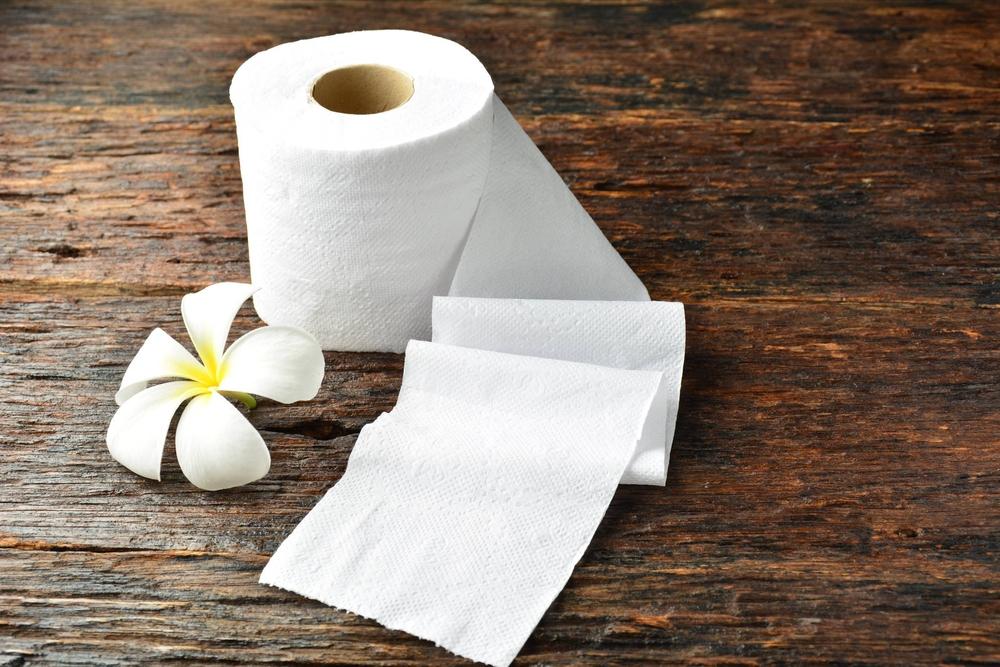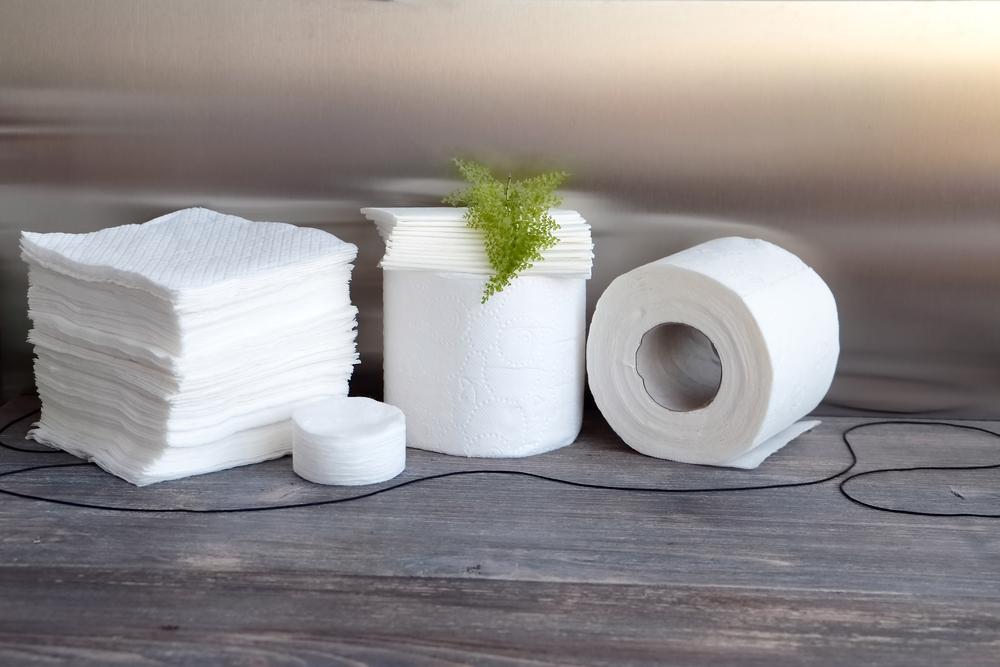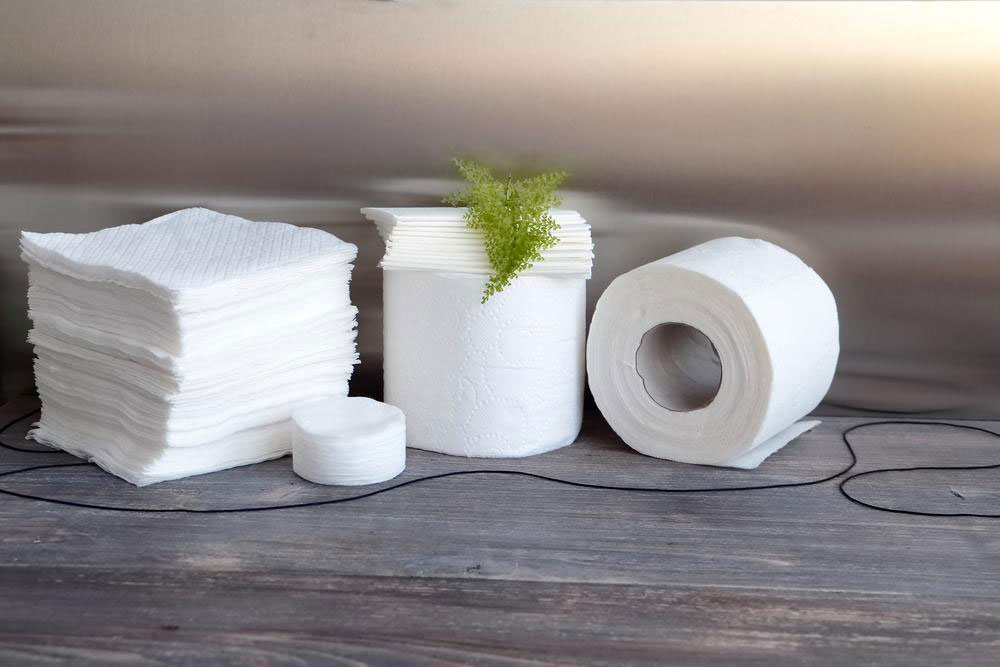Comprehensive Guide to Choosing the Best Paper for Office and Educational Use
Choosing the right paper is essential for professional and everyday printing tasks in offices and schools. This comprehensive guide explains key factors like weight, brightness, and quality, helping you select the perfect paper for reports, presentations, or crafting needs. Making informed decisions enhances print clarity, durability, and overall presentation, ensuring your documents look their best and stand the test of time.

Comprehensive Guide to Choosing the Best Paper for Office and Educational Use
Selecting the appropriate paper for office and school tasks is a critical decision that can significantly impact the quality of your printed materials, presentations, and creative projects. With a vast array of paper types available on the market, understanding the key attributes that determine paper quality and performance is essential. Proper selection ensures that your documents are professional in appearance, durable, and provide optimal print quality, whether you're preparing official reports, student assignments, or creative crafts.
In-depth knowledge of the critical factors involved in choosing paper can greatly enhance your productivity and output. Some of the most important considerations include paper weight and thickness, brightness level, and overall quality. Making an informed choice based on these factors helps you achieve the desired presentation, durability, and print clarity for a variety of tasks, from high-stakes reports to everyday printing needs.
Below are the essential factors you should evaluate when selecting paper for your specific needs:
Weight and Thickness
Paper weight is a fundamental attribute that influences how your documents look and feel. It is commonly expressed in pounds (lb), representing the weight of 500 sheets (ream) of paper in its basis size—typically 17 x 22 inches for printer paper. For example, 20-lb paper is considered standard for everyday printing, while 24-lb paper offers a slightly thicker and more refined appearance, suitable for business reports and official documents. Heavier papers, such as 32-lb or higher, are often used for premium stationery, cover pages, or presentation materials. Understanding these differences helps in selecting the right paper for professional presentation or everyday tasks.
Brightness Level
Brightness, measured on a scale from 0 to 100, indicates how much light the paper reflects. Higher brightness levels produce a more vivid and crisp appearance, especially when printing text or images. For most office and school applications, a brightness between 80 and 90 is ideal, as it ensures clear contrast and enhances the readability of printed content. Bright white papers with blue undertones tend to make dark ink and vibrant images pop, which is beneficial for reports, presentations, and visuals. However, excessively bright paper might diminish photographic quality, so selecting a brightness level aligned with your printing needs is essential.
Overall Paper Quality
Opting for high-quality paper can make a noticeable difference in the final output and ease of handling. Premium papers typically feature a refined finish, higher brightness, and consistent texture. For professional applications such as resumes, official reports, or marketing materials, choosing papers with a weight of at least 24-lb, a brightness of 92 or higher, and smooth texture is recommended. Such papers are often made from a blend of wood pulp and cotton fibers, offering durability, a luxurious feel, and a professional appearance. Quality paper not only enhances print clarity but also ensures your documents withstand handling and time, making them suitable for formal presentations and important documentation.
In conclusion, selecting the right paper involves understanding its weight, brightness, and quality features to match your specific needs. Whether for everyday printing, professional reports, or creative projects, making an informed decision ensures better results, a professional presentation, and improved durability. Always consider the purpose of your project and select paper accordingly to achieve the best possible outcome. This comprehensive understanding will help you navigate the numerous options available, ensuring you choose the most suitable paper for your office or school requirements.




